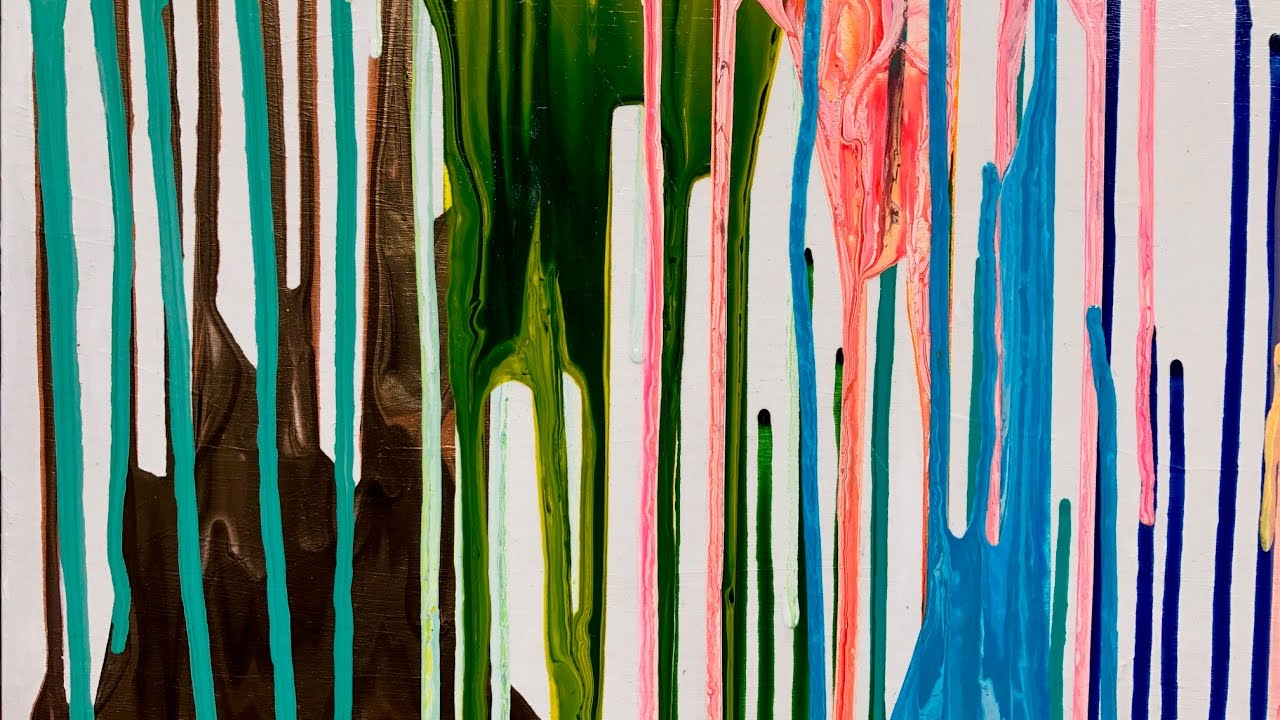


Having gathered data on how Pollock worked, the researchers used an experimental setup to recreate his technique. In order to understand exactly how the technique worked, Zenit and colleagues from the Universidad Nacional Autonoma de Mexico analyzed extensive video of Pollock at work, taking careful measure of how fast he moved and how far from the canvas he poured his paints. Pollock largely avoided droplets, in favor of unbroken filaments of paint stretching across the canvas. In fluid mechanics, “dripping” would be dispensing the fluid in a way that makes discrete droplets on the canvas. It’s often referred to as the “drip technique,” but that’s a bit of a misnomer in the parlance of fluid mechanics, Zenit says. Pollock’s technique typically involved pouring paint straight from a can or along a stick onto a canvas lying horizontally on the floor.

Our main finding in this paper was that Pollock’s movements and the properties of his paints were such that he avoided this coiling instability.” “What we were trying to do with this research is figure out what conclusions Pollock reached in order to execute his paintings the way he wanted. “Like most painters, Jackson Pollock went through a long process of experimentation in order to perfect his technique,” said Roberto Zenit, a professor in Brown University's School of Engineering and senior author on the paper. In a paper published in the journal PLOS ONE, the researchers show that Pollock’s technique seems to intentionally avoid what’s known as coiling instability - the tendency of a viscous fluid to form curls and coils when poured on a surface. A team of researchers analyzing the physics of Pollock’s technique has shown that the artist had a keen understanding of a classic phenomenon in fluid dynamics - whether he was aware of it or not. The celebrated painter Jackson Pollock created his most iconic works not with a brush, but by pouring paint onto the canvas from above, weaving sinuous filaments of color into abstract masterpieces.


 0 kommentar(er)
0 kommentar(er)
